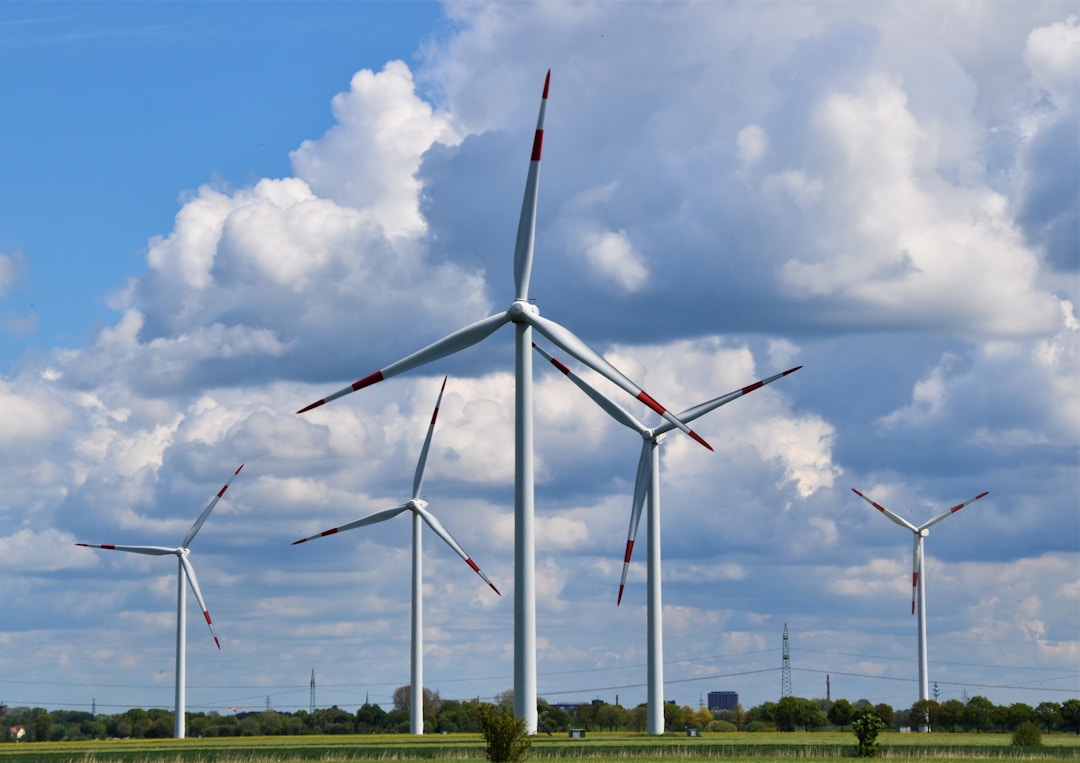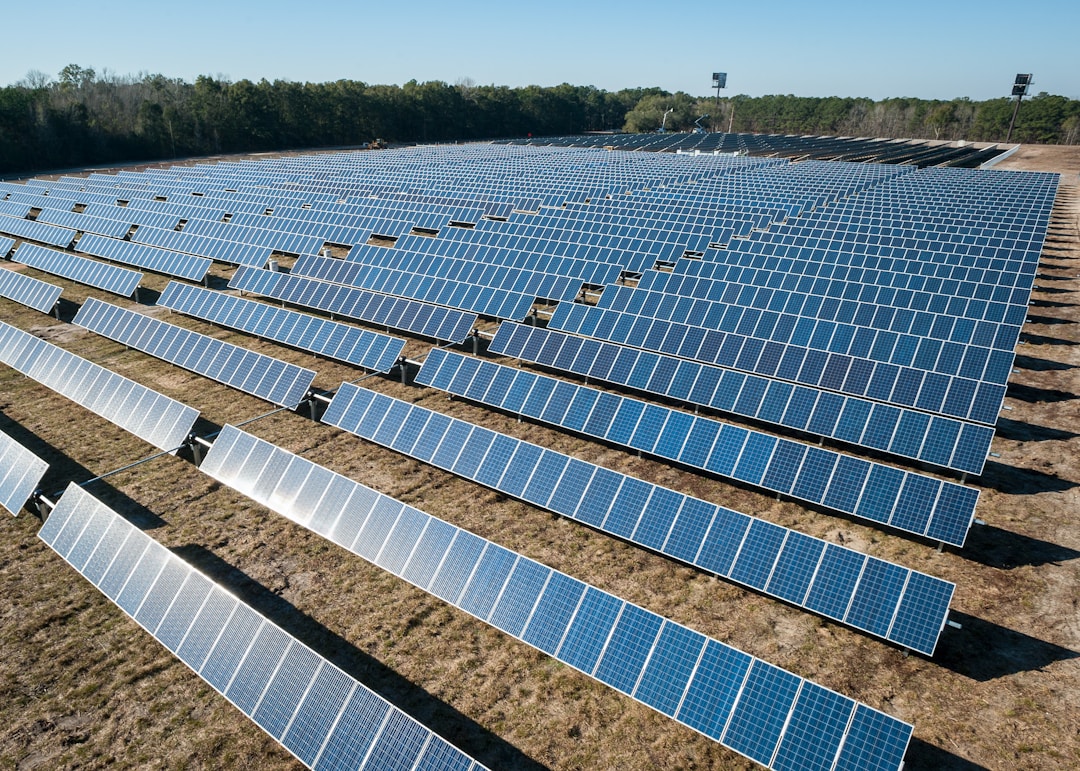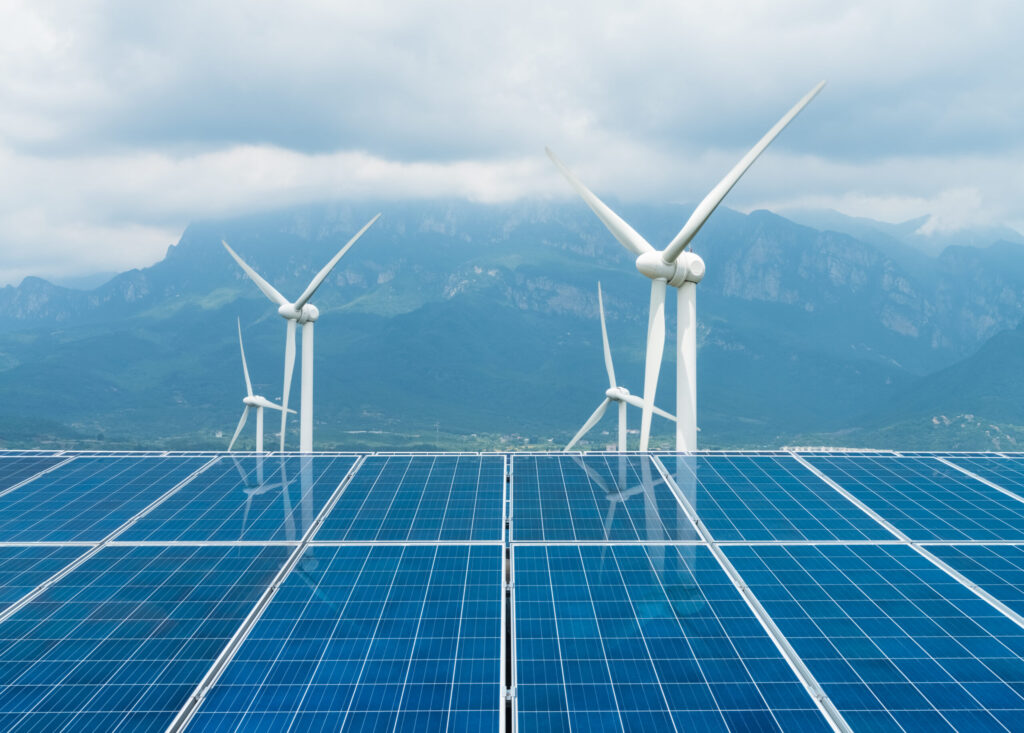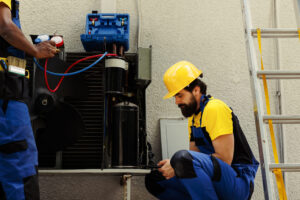As we continue to grapple with the escalating climate crisis, there has been a central focus on adopting clean energy solutions at a global scale. This article will delve deep into understanding clean energy, its numerous types, the technology and infrastructure required for harnessing it, the organizations making significant strides in the field like CleanChoice Energy, and how it enhances the quality of human life.
The Various Types of Clean Energy
Clean energy sources, also known as renewable energy, basically come from natural resources like sun, wind, rain, tides, and geothermal heat. These sources are naturally replenished continually over time. One of the most common types is solar power. This involves tapping into the sun’s rays and converting them into electricity via photovoltaic cells. Solar power is a highly sustainable energy source and its potential is limitless considering the vast amounts of solar energy the Earth receives each day.
Wind energy is another primary type of power. It harnesses the movement of air to generate electricity. Large wind turbines are set up in windy areas and as the wind blows, it turns the wind turbine blades which start a generator producing electricity. Next in line is hydropower energy, which is generated from the movement of water. Hydroelectric power is generated by using a dam to store water in a reservoir. As water is released from the reservoir, it flows through a turbine and spins it essentially generating electricity.
Additionally, biomass energy produced by burning organic materials such as wood, crops, manure, and garbage to produce heat, is widely used. Geothermal energy which harnesses heat energy from the earth through the use of underground reservoirs of steam and hot water and Ocean energy uses the ocean’s waves and tides to generate electricity are also notable forms of clean energy. Each of these energy sources has the potential to significantly reduce reliance on fossil fuels.
Clean Technology

For clean energy to be harnessed, different technologies have been developed and continue to advance with every passing day. Some of these technologies are already well-established while others are under active research and development. For solar energy, the primary technologies used are Photovoltaic (PV) systems that convert sunlight directly into electricity, and Concentrated Solar Power (CSP) systems that focus sunlight onto a small area to produce high-temperature heat.
Wind turbines have seen significant technological advances over the years. The most common type of wind turbine used for producing power is the horizontal-axis wind turbine. Recent innovative designs are also focusing on unconventional wind turbines like vertical-axis turbines that can operate with wind from any direction, and airborne wind turbines that can capture stronger and more consistent winds above ground level.
Other technological advancements in clean energy include the conversion of biomass into liquid biofuels that can be used in place of gasoline in most vehicles, harnessing the potential of algae as a renewable source of biofuel, hydroelectric power plants that utilize the gravitational force of falling or flowing water, and tidal and wave power technologies that convert the energy from ocean waves and tides into electricity.
Role of Organizations in Clean Energy
Several organizations are leading the green energy revolution, working to promote cleaner and healthier alternatives to traditional energy sources. One such organization is Clean Choice Energy. Their mission is to make clean electricity accessible to everyone, regardless of where they live or who their utility provider is. They’ll help you learn more about the clean energy options in your area so that you can choose easy, renewable solutions that are impactful long-term.
Across the globe, non-governmental organizations like Greenpeace, World Wide Fund (WWF), and Friends of the Earth are also driving the clean electricity movement, lobbying governments to enact policies in favor of renewable sources, raising awareness about renewable electricity, and funding projects to develop and implement renewable technologies.
Infrastructure Required
The transition to clean energy doesn’t just involve the technologies of clean energy generation but also calls for a considerable infrastructure overhaul. Solar farms require large tracts of land for the installation of solar panels. Wind farms also need ample land or offshore locations for the arrangement of wind turbines. Hydropower plants need dams built over rivers, and tidal power plants require turbines and generators to be set up on the sea bed.
Additionally, a reliable and safe transmission system to transport electricity from its point of generation to where it’s used is indispensable. This includes transformers to change the voltage of electricity, transmission lines to carry electricity long distances, substations to break down voltage and distribute electricity, and circuit breakers to protect the system from disruptions.
Besides, real-time synchronization of supply and demand is necessary to maintain the stability of the electrical grid. To this end, advanced metering infrastructure that measures and records electricity use in real-time is essential. If an electrical grid is going to be driven more by renewable energy, there’s also a need for storage systems that save excess clean electricity for times when the wind isn’t blowing or the sun isn’t shining.
Environmental Impact of Clean Energy

The use of clean, renewable energy sources dramatically reduces the amount of harmful emissions in our environment, resulting in a smaller carbon footprint. Unlike fossil fuels, clean energy sources produce little to no global warming emissions. When in operation, a wind turbine or a solar panel releases no pollutants that cause global warming, which is a drastic change from traditional power plants fuelled by coal and natural gas.
Switching to clean electricity also decreases air and water pollution that is detrimental to public health. Breathing problems, neurological damage, heart attacks, and cancer are all linked to air and water pollution caused by coal, oil and natural gas. By transitioning to renewable electricity, we can help to improve public health, reducing health costs and improving quality of life.
Lastly, clean electricity also uses less water than conventional energy sources. Traditional power plants immerse significant amounts of water to cool. However, wind and solar energy require no water to operate, and thus do not pollute water resources or strain supply by competing with agriculture, drinking water systems, and other essential water needs. Therefore, as the world faces increasing water scarcity, it’s evident that clean energy sources are better for the environment in numerous ways.
Clean Energy for a Sustainable Future
Clean energy holds the key to a sustainable future. By first understanding its different types, technology, infrastructure, organizations behind it, and its impact on the environment, the transition to clean energy can be made smoother and faster.
Secondly, we need to continue supporting the research, development, and implementation of new and evolving technologies. With a greater understanding of clean electricity and its benefits, we can conceive a reality where our homes, transportation, and industries are all powered by clean, sustainable energy.
Furthermore, the government needs to play its part in promulgating legislation that encourages the adoption of renewable energy. The use of clean, renewable energy over fossil fuels portrays a picture of a greener, healthier planet for all its inhabitants. It’s necessary to act now and transition to clean electricity, for the sake of our environment, and for future generations to come.
In closing, clean energy is the engine that will drive us toward a sustainable future. It holds the promise of a cleaner, healthier world, where the air we breathe, the water we drink, and the communities we live in are protected and cherished. Let us continue to work together to harness the power of clean energy and build a brighter future for all.













